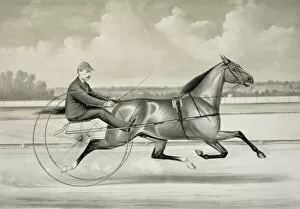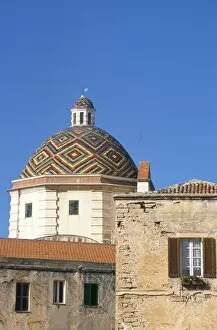Majolica Collection (page 4)
Majolica, a form of ceramic art, has left its vibrant mark on various historical sites and exhibitions around the world
All Professionally Made to Order for Quick Shipping
Majolica, a form of ceramic art, has left its vibrant mark on various historical sites and exhibitions around the world. In Naples, Italy, the Chiesa Santa Chiara showcases stunning majolica columns in its monastery cloister. The intricate designs and vivid colors transport visitors to a different era. Another remarkable example can be found at the Church of San Michele Arcangelo in Naples. Here, Leonardo Chiaiese's painted majolica floor dating back to 1761 captivates with its detailed patterns and artistic finesse. Traveling across borders, majolica made an appearance at the International Exhibition held in London in 1862. The Majolica Fountain stole the show with its exquisite craftsmanship and elegance. Not limited to floors or fountains alone, it also graced walls as seen in Seville, Spain's Plaza de Espana azulejos. These decorative tiles add charm and beauty to this iconic square. The Crystal Palace during the same exhibition showcased Minton's majestic fountain crafted from majolica. Its grandeur was captured through a chromolithograph that immortalized this masterpiece for generations to come. Even beyond religious sites and exhibitions, majolica found itself integrated into everyday life objects such as jardinières like the large Minton piece from around 1870. This ceramic marvel adorned homes with sophistication and style. Artistic expressions were not limited solely to religious or domestic themes; mythology also played a role in inspiring masterpieces like "Leda and the Swan. " This captivating portrayal demonstrates how majolica artists skillfully brought ancient tales to life through their craftmanship. From breathtaking churches adorned with colorful columns to international exhibitions showcasing innovative designs, it is evident that majolica holds an enduring place within our cultural heritage worldwide.



























